Why this study matters
Girls of color growing up in low-income, urban neighborhoods face stacked inequities—limited safe places to move, fewer academic supports, and higher exposure to violence. After-school sport programs grounded in Positive Youth Development (PYD) theory are one promising antidote, yet we still know too little about how girls themselves actually experience these spaces. We (Johnston, Marttinen, Fredrick, and Bhat 2019) set out to change that by spending an academic year inside REACH—a basketball-based, literacy-infused PYD program for 4th and 5th-grade girls in New York City. We approached this through a qualitative case study and followed 12 participants (five core attendees) across weekly 90-minute sessions, gathering field notes, journals, and interviews to pinpoint the processes that shaped the girls’ experiences.
Key takeaways
Space is co-created, not given.
A “participant-centered space” emerged only because the coach (Amy) continually ceded control, letting girls decide when to linger on conversation, swap planned drills for informal games, and even earn freeplay time by upholding self-defined commitments. This fluid power-sharing reframed traditional teacher–student hierarchies and made the gym feel distinct from the school day.Basketball was a gateway, not the end goal.
Basketball drew girls in, but the richest learning happened in the seams: word-of-the-week discussions (e.g., determination, commitment), reflective journals, and reading Kwame Alexander’s The Crossover together. These literacy elements helped girls connect character concepts to hoops, tests, and home life, deepening both vocabulary and self-concept.Relationships power the PYD climate.
Consistent celebration, encouragement, and negotiated trust fostered what the authors call “relational flow”—shared enjoyment and focus that blurs the line between adult leader and youth participant. This atmosphere amplifies the 5 Cs of PYD (competence, confidence, connection, character, caring) and aligns neatly with Holt et al.’s PYD through sport model.Learning is interlaced, not siloed.
The girls’ “interrelated connections” wove literacy, physical skills, peer bonding, and community pride into one tapestry. For example, articulating determination in journals later translated into determined effort during scrimmages, and even reported perseverance on upcoming state academic tests.Agency breeds enjoyment and retention.
Informal, girl-chosen games quickly became the highlight of each week, boosting attendance and enthusiasm. Two most frequent participants named this segment their favorite part of REACH, underscoring that fun and freedom are serious retention tools.
What the results tell us
The study distilled two overarching themes:
Co-creation of a participant-centered space – A flexible routine, responsive coaching, and shared decision-making empowered girls to shape the program in real time.
Valuing participant connections – Every element (journals, discussions, games) intentionally surfaced links between basketball, academics, and daily life, allowing girls to author meaning on their own terms.
Together, these themes suggest that processes—not just curricula—drive positive outcomes. When girls help steer the environment, they practice life skills (voice, negotiation, accountability) in situ, making PYD benefits more likely to stick.
Discussion highlights & implications
Iterative PYD climate. Rather than a linear progression from “better program” to “better youth,” the authors argue that space, relationships, and outcomes constantly feed one another. Girls’ choices today reshape tomorrow’s climate, echoing the concept of relational flow and reinforcing Holt et al.’s life skills focus.
Equity through participation. For marginalized girls, simply being invited to codesign activities counters the disempowerment they often feel elsewhere. Programs serving similar populations should foreground agency as an equity strategy, not an add-on.
Beyond basketball. Embedding literacy (or any academic lens) inside sport can multiply benefits, but only if the integration feels authentic and girl-driven.
Small sample, big insight. With just five regular attendees and two interviews, findings aren’t universal. Yet the depth of observation offers transferable principles—chiefly, that how we deliver sport matters as much as what we deliver. Future work should pair PYD frameworks with feminist, activist methodologies to center girls’ voices even further.
Bottom line
REACH shows that when girls help craft the contours of their after-school world—choosing games, linking vocabulary to lived experience, and negotiating rules—the gym becomes more than a place to dribble. It becomes a living laboratory for confidence, connection, and contribution. Coaches, teachers, and community partners aiming to close gender and opportunity gaps would do well to start not with a playbook, but with a question: “How do you want to play today?” And this resembles a lot of my current work with the Finnish Model for Leisure Activities which I will be writing much more about in the future.
You can find more information on the REACH program here: www.reachafterschool.org
Full Article:
Johnston, K., Marttinen, R., Fredrick, R., & Bhat, V. (2019). Girl’s experiences in a PYD sport program: Developing a participant-centered space. Journal of Youth Development, 14(1), 93-111. https://doi.org/10.5195/jyd.2019.729
This blog post was written with the assistance of AI to support clarity and accessibility. It is intended to help disseminate and discuss research findings with a broader audience. However, for the most accurate and reliable information—including conclusions and practical applications—please refer to the original peer-reviewed publication on which this blog is based. The peer-reviewed article remains the most authoritative source.

